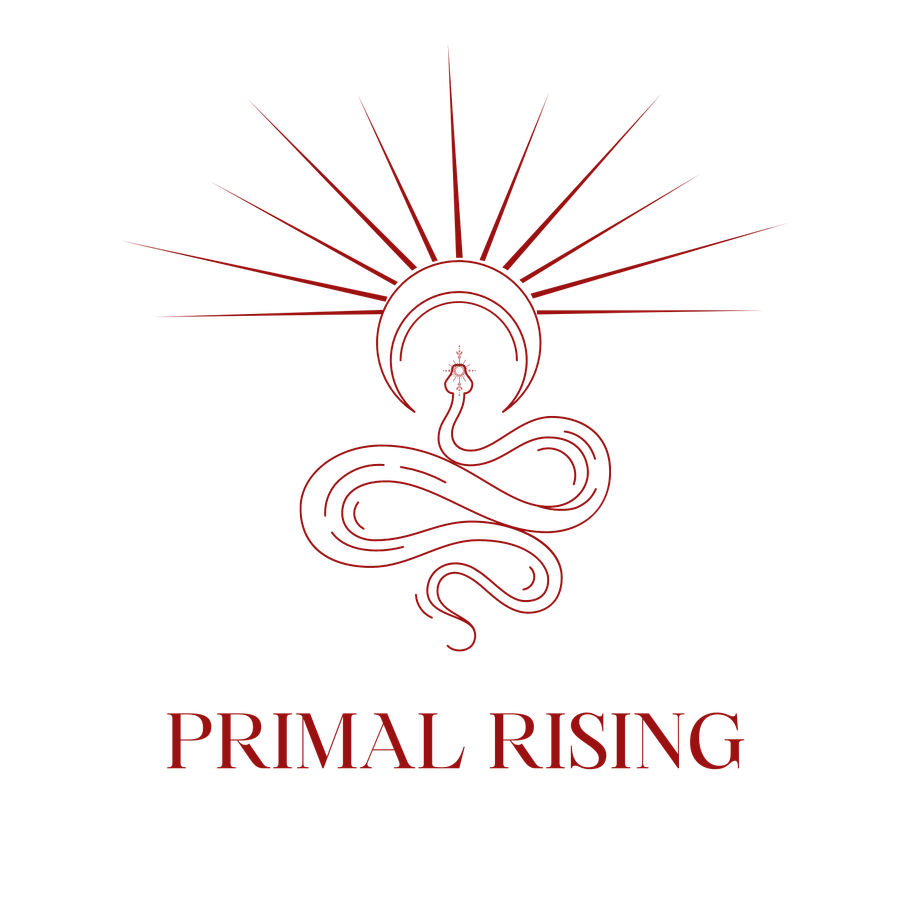A Brief Introduction to Shamanism
Shamanic practices are prehistoric, there is evidence for them that traces back to 65,000 years ago. The word shamanism probably derived from the Tungusic word šaman from the Manchu-Tungus tribe in Siberia, which means “one who knows”. Shamanic cultures have a spiritual practice that honours the earth and living beings.
Although shamanic culture is present around the globe, the places where shamanism remains strongest are Siberia, Tibet, Korea, Mongolia, Alaska, the Amazon, Canada and Scandinavia. All shamanic cultures have a few things in common. There are two core principles which appear to be universal:
- Everything has a consciousness, all living beings, the lakes, the mountains, the rocks, etc.
- The existence of parallel realities, the ordinary reality in which we live and non-ordinary reality where we can connect with spirit allies, guides, power animals, elders, ancestors, mythical beings, gods and goddesses and so on.
Shamanic cultures have a spiritual practice that honours the earth and living beings. We can presume that shamanism is one of the oldest, if not the oldest healing practice that exists.
Shamanic journey is one practice that all shamanic cultures have in common, this is the heartbeat of shamanism. When journeying a shaman enters altered states of consciousness where she/he can connect with other worldly beings to ask for information, support or healing.
The shamanic world is made up of three parts, the lower world, the upper world and the middle world. The Upper World above is the realm of un-realized potential, higher knowledge and enlightenment, the Middle World is our reality as we know it, it is our day to day lives and the residing place of our physical bodies and our normal waking consciousness and the spiritual dimension of our physical world. The Lower World is the realm of animal, plant and nature spirits, spirit guides and the land of the dead.
A shaman has her/his feet grounded in both ordinary and non-ordinary realities. In non-ordinary reality shamans are able to see, hear, smell, feel and touch what others are unaware of, they journey into non-ordinary realities to obtain information, ask for guidance and to perform healing.
